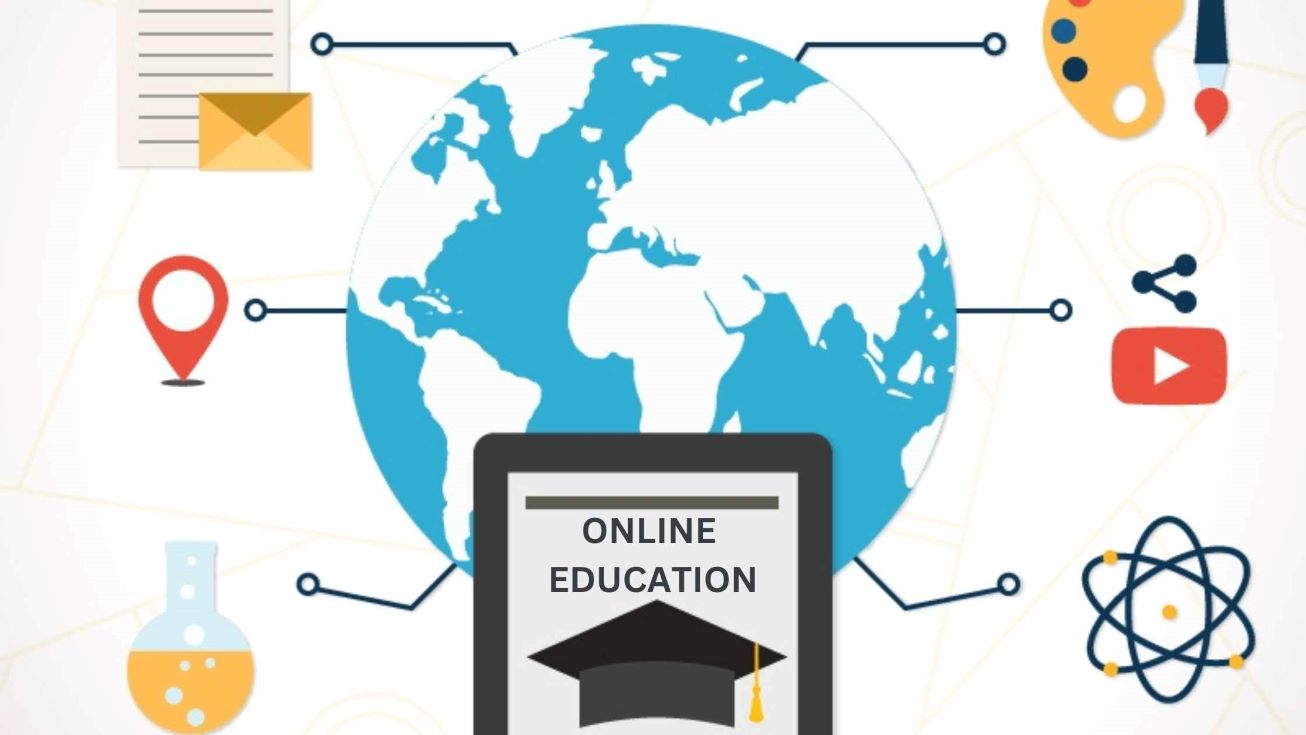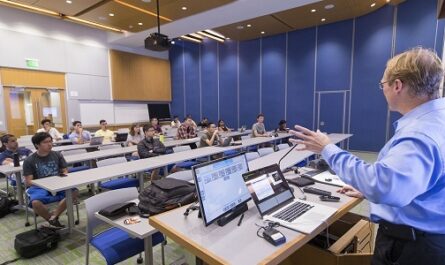In today’s fast-paced world, integrating technology into education is no longer a mere trend—it’s a transformative shift that is redefining teaching and learning. Educational technology, ranging from digital textbooks to sophisticated learning management systems, is central to modernizing education. This article delves into the importance of educational technology, examining its advantages, challenges, and future possibilities.
The Impact of Educational Technology
Educational technology, or EdTech, involves using digital tools and resources to improve teaching and learning. Its importance is evident across several educational dimensions, including enhanced access, increased engagement, and personalized learning. Here’s why educational technology is essential:
- Enhancing Access and Equity
a. Bridging the Gap One of the most significant benefits of educational technology is its ability to bridge educational disparities. Digital platforms and online resources provide learners in remote or underserved areas with opportunities that might not be available locally. This access helps democratize education, allowing learners from various backgrounds to benefit from educational resources. b. Supporting Diverse Learning Needs Educational technology also caters to diverse learning needs by offering tools and resources suited to different learning styles and abilities. Interactive apps and software can assist visual and auditory learners, while assistive technologies aid students with disabilities. These resources contribute to a more inclusive and customized educational experience. - Fostering Engagement and Motivation
a. Interactive and Immersive Learning Modern EdTech includes interactive and immersive tools such as gamified learning platforms, virtual reality (VR), and augmented reality (AR). These tools engage students in active learning by providing interactive experiences that simplify complex subjects and make learning more enjoyable. For example, gamification introduces game-like elements like points, badges, and leaderboards to boost motivation and participation. b. Real-Time Feedback and Assessment Technology allows for real-time feedback and assessment through digital platforms. Teachers can use learning management systems (LMS) to monitor student progress, provide immediate feedback, and adjust instruction based on performance data. This immediate feedback helps students recognize their strengths and areas for improvement, fostering a more dynamic learning environment. - Facilitating Personalized Learning
a. Adaptive Learning Technologies Personalized learning is a major advantage of educational technology. Adaptive learning systems utilize data and algorithms to customize educational content to each student’s needs, learning styles, and pace. These technologies adjust the difficulty of tasks and offer targeted resources, allowing students to advance at their own speed and receive support where needed. b. Learning Analytics Educational technology uses data analytics to gain insights into student performance and learning behaviors. Learning analytics help educators identify patterns and trends, enabling data-driven decisions to enhance teaching strategies and improve learning outcomes. This approach ensures that educational interventions are based on evidence rather than assumptions.
Challenges and Considerations
Despite its advantages, integrating educational technology comes with challenges that must be addressed to maximize its effectiveness.
- Technological Inequality
a. Digital Divide The digital divide remains a critical issue, as not all students have equal access to technology and the internet. Socioeconomic disparities can lead to unequal learning opportunities, with students from lower-income backgrounds facing barriers to accessing necessary devices and high-speed internet. Bridging this divide is essential for ensuring that educational technology benefits all students equitably. b. Device and Resource Management Managing and maintaining a range of devices and resources can be complex and costly for schools and educational institutions. Ensuring that all students have access to functional devices and up-to-date software is crucial for the successful implementation of educational technology. - Privacy and Security Concerns
a. Data Protection Educational technology often involves collecting and storing personal data, raising concerns about privacy and security. Schools must implement strong data protection measures to safeguard student information and comply with regulations like the Family Educational Rights and Privacy Act (FERPA) and the General Data Protection Regulation (GDPR). b. Cybersecurity Risks The growing use of digital tools brings cybersecurity risks such as data breaches and hacking. Securing educational technology systems and training students and staff in cybersecurity best practices are vital for protecting sensitive information. - Teacher Training and Support
a. Professional Development To effectively integrate educational technology, teachers need adequate training and support. Educators must be equipped with the skills and knowledge to use digital tools effectively and incorporate them into their teaching practices. Ongoing professional development is essential for ensuring that teachers can utilize technology to enhance learning. b. Change Management Introducing new technologies can encounter resistance from educators and institutions used to traditional methods. Effective change management strategies, including clear communication and involving teachers in decision-making, can help overcome resistance and ensure a smooth transition.
Future Directions and Innovations
The future of educational technology looks promising, with several emerging trends and innovations set to further transform education.
- Artificial Intelligence and Machine Learning Artificial intelligence (AI) and machine learning are expected to significantly impact the future of educational technology. These technologies can offer even more personalized learning experiences by analyzing large amounts of data to predict and address individual learning needs. AI-powered tutors and chatbots could provide additional support tailored to students’ specific questions and challenges.
- Enhanced Virtual and Augmented Reality Virtual reality (VR) and augmented reality (AR) are poised to revolutionize experiential learning. VR can create immersive simulations for subjects like history and science, while AR can overlay digital information onto the physical world, enhancing hands-on learning. These technologies promise to make learning more engaging and effective by providing realistic and interactive experiences.
- Blockchain for Education Blockchain technology could offer innovative solutions for credentialing and verifying educational achievements. By providing a secure and transparent way to record academic credentials, blockchain could streamline the verification process and reduce fraud. This technology has the potential to facilitate lifelong learning and enable seamless recognition of skills and qualifications.
- Collaborative Learning Platforms Advanced collaborative learning platforms are likely to enhance opportunities for peer-to-peer learning and collaboration. These platforms could provide tools for group projects, real-time communication, and collaborative content creation, fostering a more interactive and community-driven learning environment.
Conclusion
Educational technology is transforming the landscape of teaching and learning by improving access, fostering engagement, and facilitating personalized experiences. While challenges such as technological inequality, privacy concerns, and the need for effective teacher training need to be addressed, the potential benefits of EdTech are considerable. As technology continues to advance, innovations like AI, VR, and blockchain promise to further revolutionize education, making it more inclusive, engaging, and effective. Embracing these changes and addressing the related challenges will be crucial for ensuring that educational technology realizes its full potential and benefits all learners.



